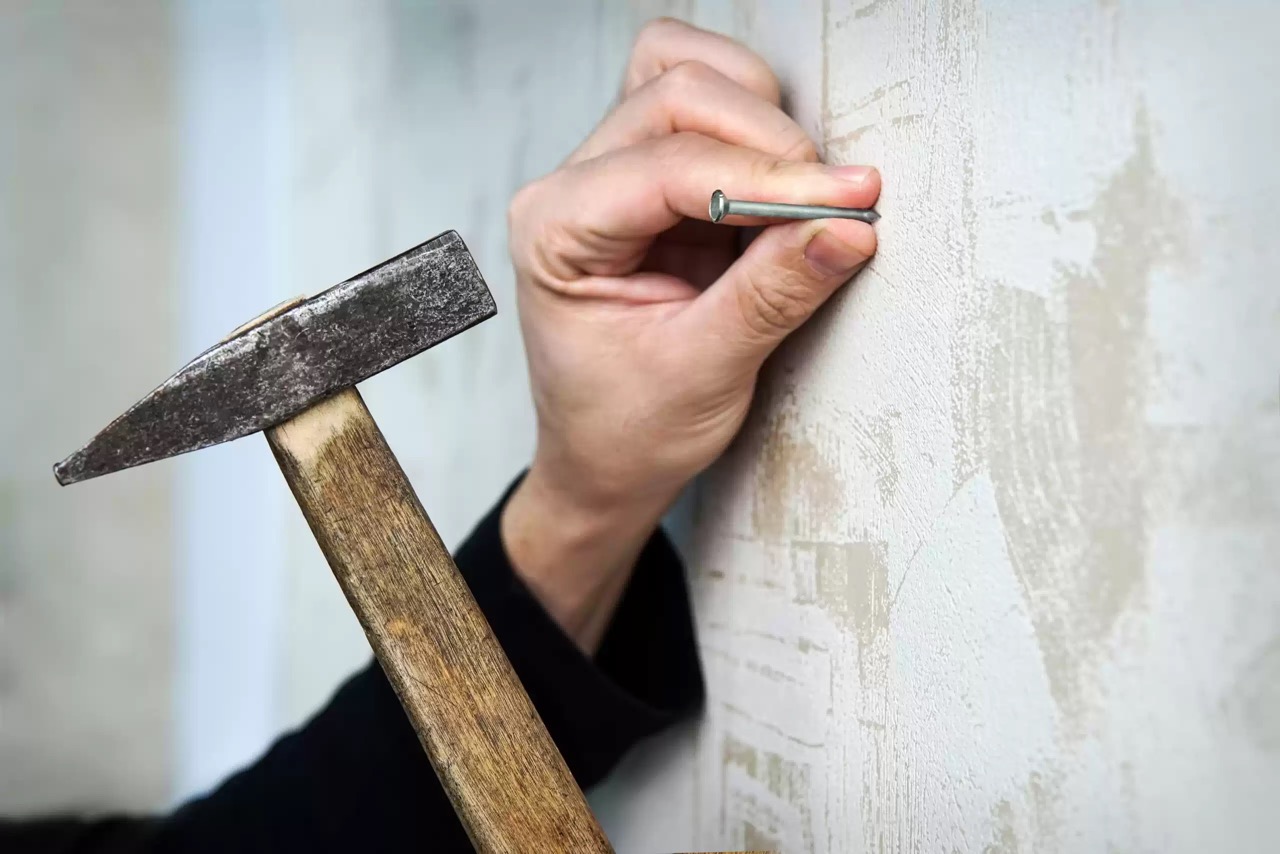

Articles
Why Use Hand Tools
Modified: April 22, 2024
Discover the benefits of using hand tools with our informative articles. Enhance your skills, improve efficiency, and achieve better results.
(Many of the links in this article redirect to a specific reviewed product. Your purchase of these products through affiliate links helps to generate commission for Storables.com, at no extra cost. Learn more)
Introduction
Hand tools have been used by humans for centuries to complete a wide range of tasks. From simple repairs and household projects to more intricate woodworking or plumbing jobs, these tools are versatile and essential for DIY enthusiasts, craftsmen, and professionals alike.
While power tools have become increasingly popular due to their efficiency and speed, there are still several advantages to using hand tools. In this article, we will explore the benefits of choosing hand tools over their electric counterparts and why they should not be overlooked in any toolbox.
Whether you are a hobbyist or a professional, understanding the advantages of hand tools and how to use them effectively can greatly enhance your productivity and efficiency. Let’s dive into the reasons why hand tools should be an essential part of your toolkit.
Key Takeaways:
- Regular maintenance and care of hand tools, including cleaning, lubrication, and proper storage, ensures longevity, functionality, and safety. By following these practices, tools remain in excellent condition for efficient and safe use.
- Cleaning tools after each use, applying appropriate lubrication, and storing them in a clean, dry environment are essential for preventing damage, rust, and wear. Proper maintenance ensures tools are ready for efficient and safe use.
Advantages of Hand Tools
1. Versatility: Hand tools are known for their versatility, as they can be used for a wide range of tasks. Whether you need to cut, measure, fasten, or hold materials, there is a hand tool designed specifically for the job. Unlike power tools, which are often limited to one specific function, hand tools offer flexibility and adaptability.
2. Precision: Hand tools provide greater control and precision compared to power tools. When working on delicate or intricate projects, such as woodworking or fine carpentry, using hand tools allows for more accurate cuts and measurements. The tactile feedback and manual manipulation that hand tools provide give you a better sense of control over the workpiece.
3. Portability: Hand tools are easily portable, making them ideal for on-the-go projects or jobs that require mobility. Unlike power tools that often rely on a power source or batteries, hand tools can be conveniently carried in a tool belt or toolbox. This portability ensures that you are always prepared to tackle any task, regardless of your location or access to electricity.
4. Safety: Hand tools generally have a lower risk of accidents compared to power tools. With power tools, there is always a chance of injury due to the speed and force involved. Hand tools, on the other hand, require manual effort, reducing the risk of accidental cuts or injuries. However, it is crucial to use hand tools correctly and follow safety guidelines to minimize potential hazards.
5. Cost-effective: Hand tools are often more affordable than their power tool counterparts. While power tools can be a significant investment, especially for high-quality ones, hand tools are typically more budget-friendly. Additionally, hand tools do not require the ongoing expense of batteries or electricity, making them a cost-effective choice in the long run.
By utilizing hand tools, you not only benefit from their versatility, precision, portability, safety, and cost-effectiveness, but you also develop valuable skills and a deeper understanding of the tasks at hand. Let’s now explore the various types of hand tools commonly used in different trades and industries.
Versatility
One of the key advantages of hand tools is their versatility. These tools can be used for a wide range of tasks and applications across various trades and industries. Whether you are a carpenter, plumber, electrician, or simply a DIY enthusiast, hand tools provide the flexibility to tackle different projects efficiently.
Hand tools come in various shapes and sizes, each designed for a specific purpose. This wide array of tools allows you to perform tasks such as cutting, measuring, fastening, and holding materials. For example, a utility knife can be used for cutting different materials like cardboard, paper, or even thin sheets of wood. Meanwhile, a combination square can be used for accurate measurements, marking angles, or ensuring proper alignment.
The versatility of hand tools can also be seen in their ability to work with different materials. From wood and metal to plastic and ceramics, hand tools can handle a variety of materials with ease. This adaptability is crucial when working on diverse projects that require different skills and techniques.
Another aspect of versatility is the hand tool’s simplicity. Unlike power tools with complex mechanisms and settings, hand tools are straightforward and easy to use. With a basic understanding of their functions, you can quickly grasp how to use them effectively. This simplicity makes hand tools accessible to beginners while still being valuable tools for experienced craftsmen.
Furthermore, hand tools can be used in tight or confined spaces where power tools may have difficulty reaching or maneuvering. Their compact size and maneuverability allow you to work in challenging areas, such as corners, small rooms, or intricate structures. This versatility ensures that you can tackle various tasks, regardless of the project’s scale or location.
Whether you need to cut, measure, fasten, or hold materials, hand tools provide the versatility required to complete a wide range of tasks. Their adaptability makes them an essential part of any toolbox, allowing you to confidently approach different projects and achieve professional-level results.
Precision
When it comes to precision, hand tools have a distinct advantage over power tools. Whether you’re working on fine woodworking, intricate detailing, or precise measurements, hand tools allow for greater control and accuracy.
One of the main reasons hand tools offer precision is the tactile feedback they provide. Unlike power tools, which can often feel disconnected from the material, hand tools allow you to feel the resistance and texture of what you’re working on. This intimate connection with the workpiece enables you to make minute adjustments and achieve precise results.
Hand tools such as hand saws, chisels, and planes offer exceptional control when it comes to cutting wood. With a hand saw, you have the ability to control the speed, angle, and depth of the cut. This level of control is essential when making fine cuts or intricate joinery in woodworking projects.
Measuring tools, such as calipers or dial indicators, also play a crucial role in achieving precision. Hand measuring tools allow for accurate measurements necessary for precise cuts, angles, and alignment. Whether you’re measuring distances, gauging thicknesses, or checking the squareness of an object, hand tools provide the accuracy needed for professional-quality results.
Hand tools also excel in providing precise fastening solutions. Screwdrivers, for example, allow you to exert just the right amount of torque needed to tighten or loosen screws without damaging the material. This precision is particularly crucial when working with delicate materials or when fastening components with specific torque specifications.
Additionally, when it comes to intricate tasks that require delicate touch, such as engraving, carving, or jewelry making, hand tools shine. The fine tips, sharp edges, and precise control of hand tools enable artisans to achieve intricate details and create works of art with absolute precision.
Despite the rise of power tools, many skilled craftsmen and artisans still rely on hand tools to achieve the highest level of precision in their work. The tactile feedback, control, and ability to make delicate adjustments make hand tools an indispensable choice when precision is paramount.
Portability
Portability is a significant advantage of hand tools, making them ideal for on-the-go projects or tasks that require mobility. Unlike power tools, which often require a power source or batteries, hand tools can be easily carried and used anywhere. This portability ensures that you are always prepared to tackle any task, regardless of your location or access to electricity.
Hand tools are typically compact and lightweight, making them easy to transport. Whether you are working on a construction site, doing repairs around the house, or simply taking on a DIY project in your backyard, hand tools can be conveniently carried in a tool belt or toolbox.
This ease of transportation allows for greater flexibility and efficiency. If you’re working on a large project that involves moving from one area to another, having all your essential hand tools readily accessible saves time and effort. You won’t have to go back and forth to fetch power cords or recharge batteries like you would with power tools.
Another advantage of portability is the ability to work in tight or confined spaces. Hand tools can reach areas that power tools may have difficulty accessing. Whether it’s a small corner, a cramped crawl space, or a narrow hallway, hand tools provide the maneuverability needed to get the job done.
Besides convenience, portability also comes in handy during emergencies or unexpected situations. If you’re faced with a sudden repair or maintenance task, having a set of portable hand tools readily available allows you to quickly address the issue without relying on power sources or waiting for battery charging.
Furthermore, portability allows for collaborative work or assistance on a project. If you’re working with others or seeking advice from fellow craftsmen, having portable hand tools makes it easier to share and exchange tools without disrupting workflow or relying on additional power sources.
Overall, the portability of hand tools ensures that you are always equipped to handle tasks efficiently, regardless of the location or situation. Their compact size and ease of transportation make them a practical choice for professionals, hobbyists, and homeowners alike.
Safety
Safety is a crucial aspect to consider when working with any type of tools, and hand tools generally offer a higher level of safety compared to power tools. While power tools can present various risks due to their speed and force, hand tools provide better control and minimize the chances of accidents.
One of the main reasons hand tools are safer to use is their manual operation. Unlike power tools that rely on motors or electricity, hand tools require manual effort, which inherently reduces the risk of accidents. With hand tools, you have more control over the force, speed, and direction of the tool, allowing you to work at a pace that is comfortable and safe for you.
Additionally, hand tools often have smaller working parts, reducing the potential for injury. Power tools, on the other hand, can have large and powerful motors or blades that can cause serious harm if mishandled or operated incorrectly.
Hand tools also offer better visibility during operation. Power tools, such as circular saws or drills, may obstruct your line of sight, making it difficult to see the area of operation clearly. With hand tools, you have the advantage of being able to see the workpiece and your hand simultaneously, ensuring you maintain control and avoid accidental slips or misjudgments.
Furthermore, hand tools typically produce less noise and vibration compared to power tools. The excessive noise and vibration of power tools can cause discomfort, fatigue, and long-term health issues. Hand tools allow for a more comfortable and safer working environment, reducing the risk of strain or repetitive stress injuries.
However, it is important to remember that safety precautions should still be followed when working with hand tools. Always wear appropriate safety gear, such as gloves, safety glasses, and ear protection, when necessary. Familiarize yourself with the correct usage and handling of each tool, and adhere to safety guidelines and instructions provided by the manufacturer.
By using hand tools correctly and following safety protocols, you can minimize the risk of accidents and create a safer working environment for yourself and those around you.
Cost-effective
Cost-effectiveness is another advantage of hand tools that should not be overlooked. In comparison to power tools, hand tools are generally more affordable and can help you save money in the long run.
One of the main reasons hand tools are cost-effective is their initial purchase price. Hand tools are typically less expensive than their power tool counterparts. While power tools can be a significant investment, especially for high-quality brands, hand tools are often more budget-friendly, making them accessible to a wider range of users.
Additionally, hand tools do not require the ongoing expense of batteries or electricity. With power tools, you may find yourself constantly purchasing batteries or dealing with the additional electricity costs. Hand tools, on the other hand, only require manual effort, eliminating the need for external power sources.
Hand tools also tend to be more durable and have a longer lifespan compared to power tools. Power tools, especially those with motors and complex mechanisms, may require frequent maintenance and repairs. Hand tools, with their simple design and construction, often withstand the test of time and can last for years with proper care.
Maintenance and replacement parts for hand tools are generally more affordable as well. If a component of a hand tool breaks or wears out, it can often be replaced at a fraction of the cost of repairing a power tool. This not only saves you money but also reduces downtime as you can easily replace a part and continue working.
Furthermore, hand tools are versatile and can perform a wide range of tasks. This eliminates the need to invest in multiple specialized power tools for different projects. Instead, you can rely on a set of hand tools that can handle various tasks, reducing your overall tool expenses.
Whether you are a professional tradesperson or a DIY enthusiast, the cost-effectiveness of hand tools allows you to build a toolbox without breaking the bank. By choosing durable and versatile hand tools, you can save money, reduce ongoing expenses, and still accomplish a wide range of tasks with ease.
Types of Hand Tools
Hand tools encompass a wide range of tools, each designed for specific tasks and applications. Understanding the different types of hand tools available can help you choose the right tool for the job and make your projects more efficient and successful. Let’s explore some of the most common types of hand tools:
- Cutting Tools: Cutting tools include various types of saws, knives, scissors, and shears. These tools are designed to cut through different materials such as wood, metal, plastic, or fabric.
- Measuring Tools: Measuring tools are essential for accurate and precise measurements. Examples include measuring tapes, rulers, levels, calipers, and squares.
- Fastening Tools: Fastening tools are used to secure or join materials together. Some common fastening tools include screwdrivers, wrenches, pliers, and staple guns.
- Striking Tools: Striking tools are used for applying force or impact. Hammers, mallets, chisels, and punches are some examples of striking tools used in woodworking, metalworking, and general construction.
- Holding Tools: Holding tools are used to securely hold workpieces in place during various tasks. Vises, clamps, and grips are commonly used holding tools that provide stability and allow for precise work.
- Woodworking Tools: Woodworking tools are specialized hand tools used for shaping, cutting, and joining wood. Some common woodworking tools include hand saws, chisels, planes, routers, and carving tools.
- Plumbing Tools: Plumbing tools are specifically designed for repairing and installing plumbing systems. Wrenches, pipe cutters, pipe wrenches, and plunger tools are commonly used in plumbing projects.
- Electrical Tools: Electrical hand tools are used for working with electrical systems and components. Examples include wire strippers, pliers, voltage testers, and screwdrivers specifically designed for electrical work.
- Gardening Tools: Gardening tools are used for maintaining and cultivating plants and gardens. They include tools like shovels, rakes, pruners, hedge trimmers, and trowels.
This is just a sampling of the many types of hand tools available. Each category of hand tools contains a variety of tools with specific features and functions. By having a well-rounded collection of hand tools, you can tackle a wide range of projects effectively and efficiently.
Cutting Tools
Cutting tools are fundamental hand tools used for various tasks that involve cutting through different materials. Whether you need to trim, shape, or separate materials, cutting tools are essential for precision and clean cuts. Here are some common types of cutting tools:
- Saws: Hand saws come in different types, including panel saws, backsaws, coping saws, and hack saws. They are designed for cutting through wood, plastic, and even metal. Saws have teeth that are specially shaped to efficiently remove material while providing control and accuracy.
- Knives: Knives are versatile cutting tools used for a wide range of applications. Utility knives, craft knives, and pocket knives are commonly used for cutting materials such as cardboard, paper, fabric, or thin sheets of wood. Specialty knives like box cutters or carpet knives allow for precise and controlled cutting in specific tasks. Safety should always be a priority when using knives, and proper blade handling and storage is essential.
- Scissors and Shears: Scissors and shears are designed for cutting through various materials, including fabric, paper, and even thin metals. They provide clean and precise cuts, making them essential tools in sewing, crafting, and general cutting tasks. Different types of scissors and shears cater to specific applications, such as fabric shears for sewing or pruning shears for gardening.
- Pipe Cutters: Pipe cutters are specialized cutting tools used for cutting through pipes made of different materials, such as copper, PVC, or steel. These tools allow for precise and clean cuts, ensuring proper fittings and connections in plumbing or HVAC projects.
When using cutting tools, it is important to prioritize safety and proper technique. Always ensure that the cutting tool is appropriate for the material and task at hand. Keep blades sharp and clean to promote efficient cutting and reduce the risk of accidents. Additionally, wear appropriate protective gear, such as gloves and safety glasses, when necessary.
Having a variety of cutting tools in your toolbox allows you to handle different materials and tasks effectively. Whether you’re a craftsman, DIY enthusiast, or professional, cutting tools are indispensable for achieving clean and precise cuts in your projects.
Read more: What Should Be Used When Using Hand Tools
Measuring Tools
Measuring tools are essential hand tools used for accurate and precise measurements. Whether you’re working on a construction project, woodworking, or any other task that requires precise measurements, having the right measuring tools can make all the difference. Here are some common types of measuring tools:
- Measuring Tapes: Measuring tapes are flexible tools with markings for length measurements. They typically come in different lengths, such as 25 feet or 30 meters. Measuring tapes are ideal for measuring longer distances and can be easily rolled up for storage.
- Rulers and Straight Edges: Rulers are rigid measuring tools typically made of metal, plastic, or wood. They are commonly used for measuring smaller distances and providing straight edges for drawing or marking. Straight edges, like T-squares or framing squares, are larger measuring tools with right angles, widely used in woodworking and construction for ensuring accuracy and squareness.
- Levels: Levels are tools used for determining horizontal or vertical alignment. They consist of a bubble or liquid-filled vial mounted in a frame. Bubble levels are essential for ensuring that surfaces, installations, or structures are straight and level. They come in different sizes, from small pocket-sized levels to larger ones for construction projects.
- Calipers: Calipers are precision measuring tools that provide accurate measurements of distances, thicknesses, or diameters. They come in various types, including digital calipers, vernier calipers, and dial calipers. Calipers are widely used in fields like engineering, machining, and metalworking for precise measurements.
- Squares: Squares are tools used for checking or marking right angles. They come in different sizes and designs, such as framing squares and combination squares. Squares ensure accuracy in woodworking, metalworking, or any project that requires precise angles and squareness.
When using measuring tools, it is important to handle them carefully and take accurate readings. Keep the measuring tools clean and free from obstructions to ensure accurate measurements. It is also crucial to familiarize yourself with the specific features and operation of each measuring tool to use them effectively.
Having a variety of measuring tools in your toolbox allows you to accurately measure distances, angles, and dimensions, ensuring precise and professional results in your projects. Whether you’re a carpenter, mechanic, or DIY enthusiast, measuring tools are essential for achieving accuracy and maintaining consistency in your work.
Fastening Tools
Fastening tools are essential hand tools used for securing or joining materials together. Whether you’re assembling furniture, completing a construction project, or making repairs, having the right fastening tools is crucial for ensuring the strength and integrity of the finished product. Here are some common types of fastening tools:
- Screwdrivers: Screwdrivers are versatile hand tools used for driving and turning screws. They come in various sizes and types, including flathead, Phillips, and Torx screwdrivers. The different types of screwdriver heads correspond to different screw designs. Screwdrivers with magnetic tips are particularly useful for holding screws in place, preventing them from slipping.
- Wrenches: Wrenches, also known as spanners, are used for turning nuts, bolts, and other fasteners. They come in various types, such as adjustable wrenches, combination wrenches, box wrenches, and socket wrenches. A wrench’s design allows for a firm grip on fasteners, ensuring proper tightening or loosening.
- Pliers: Pliers are versatile hand tools with gripping jaws used for holding, bending, or cutting materials. They come in various types, such as needle-nose pliers, slip-joint pliers, and combination pliers. Pliers are commonly used for gripping and manipulating wires, as well as for holding or securing fasteners while you tighten or loosen them.
- Staple Guns: Staple guns are hand tools used for driving staples into wood, fabric, or other materials. They are commonly used in upholstery, carpentry, or general fastening applications. Staple guns come in manual, electric, or pneumatic versions, providing different levels of power and speed.
When using fastening tools, it is important to select the correct tool for the specific fastener you are working with. Ensure that the fastening tool matches the type and size of the screws or bolts you are using. Using the wrong tool can result in damage to the fastener or the material you are working with.
Additionally, when fastening materials together, it is important to apply the right amount of torque or force. Over-tightening fasteners can lead to damage or stripping of the threads, while under-tightening can result in loose connections. Use a torque wrench or gauge if necessary to ensure proper and consistent tightness.
Having a selection of fastening tools in your toolbox provides you with the flexibility to work with different types of fasteners and materials. Whether you’re assembling furniture, completing a construction project, or performing general repairs, fastening tools are essential for securing materials and ensuring the structural integrity of your projects.
When using hand tools, always make sure to wear appropriate safety gear such as gloves and eye protection to prevent any accidents or injuries.
Striking Tools
Striking tools are hand tools designed for delivering force or impact to materials. From driving nails to shaping metal, striking tools are crucial for tasks that require impact to accomplish a desired outcome. Here are some common types of striking tools:
- Hammers: Hammers are versatile striking tools used for driving nails, pounding, or shaping materials. They consist of a handle and a weighted head, which can be made of various materials such as steel, wood, or fiberglass. Hammers come in different types, including claw hammers, ball-peen hammers, mallets, and sledgehammers, each designed for specific applications.
- Mallets: Mallets are similar to hammers but have a softer head, typically made of rubber, wood, or nylon. They are used for striking surfaces that require more delicate force, such as woodworking or for tapping materials that require a gentle touch to prevent damage.
- Chisels: Chisels are tools with a sharpened cutting edge used for shaping or carving materials like wood, stone, or metal. They are struck with a mallet or hammer to remove or shape material. Chisels come in various shapes, such as beveled edge chisels, gouges, and mortise chisels, each suited for specific woodworking or metalworking applications.
- Punches: Punches are pointed tools used for making holes or creating indentations in materials like metal or leather. They are struck with a hammer to transfer force and create precise markings or indentation points. Punches are commonly used in metalworking, crafting, or for starting holes for drilling.
When using striking tools, it is important to practice proper technique and ensure that you have a secure grip on the tool. Maintain focus and aim carefully, so as not to miss the intended target and inadvertently strike unintended areas or surfaces. Also, remember to wear appropriate safety gear, such as safety glasses or gloves, to protect yourself from flying debris or accidental impacts.
Having a selection of striking tools in your toolbox allows you to accomplish tasks that require controlled impact or shaping. Whether you’re driving nails, shaping metal, or carving wood, striking tools provide the necessary force to achieve your desired results efficiently and effectively.
Holding Tools
Holding tools, also known as gripping or clamping tools, are designed to secure and hold workpieces in place during various tasks. These tools provide stability and allow for precise work, ensuring accuracy and safety. Here are some common types of holding tools:
- Vises: Vises are versatile holding tools consisting of two jaws that can be clamped together to hold workpieces securely. They come in different types, such as bench vises, woodworking vises, pipe vises, and engineer’s vises. Vises provide stability and leverage, allowing you to work on materials such as wood, metal, or plastic with ease and precision.
- Clamps: Clamps are portable holding tools used to secure workpieces temporarily. They come in various designs, including C-clamps, bar clamps, spring clamps, and pipe clamps. Clamps are ideal for projects that require adjustable and temporary holding, such as gluing, woodworking, or welding.
- Grips and Pliers: Grips and pliers are versatile holding tools with jaws or teeth designed to grip and hold objects firmly. They come in different types, such as locking pliers, C-clamp pliers, groove joint pliers, and even specialty grips for specific applications. Grips and pliers allow you to hold materials, fasteners, or small components securely, freeing up your hands for other tasks.
- Bench Dogs and Stops: Bench dogs and stops are fixtures that hold workpieces in place on a workbench or table. They consist of pegs or clamps that can be adjusted to hold materials securely, allowing you to work on them without the need for additional clamps or vices.
When using holding tools, it is important to choose the appropriate tool for the size and type of workpiece you are working with. Ensure that the holding tool provides a firm and secure grip to prevent slippage and movement during the task. Also, be mindful of the pressure or force applied to avoid damaging the workpiece.
Having a selection of holding tools in your toolbox allows you to work on various projects with confidence and stability. Whether you’re clamping materials for woodworking, securing components for assembly, or holding objects in place for repair, holding tools ensure that your workpieces are held securely, enabling you to work with precision and efficiency.
Read more: How To Use Power Hand Tools
Woodworking Tools
Woodworking tools are specialized hand tools used for shaping, cutting, and joining wood. Whether you’re a professional woodworker or a DIY enthusiast, having the right woodworking tools is essential for creating beautiful and functional wooden projects. Here are some common types of woodworking tools:
- Hand Saws: Hand saws are essential woodworking tools used for cutting wood in various shapes and sizes. They come in different types, including crosscut saws, rip saws, dovetail saws, and coping saws. Hand saws allow for precise and controlled cuts, whether you’re working on rough stock or making delicate joinery.
- Chisels: Chisels are sharp-edged tools used for carving, shaping, or cutting wood. They come in various sizes and shapes, such as bench chisels, mortise chisels, and carving chisels. Chisels are versatile tools that allow for precise and intricate woodworking details, such as creating mortises, shaping curves, or paring wood surfaces.
- Planes: Planes are used for smoothing, flattening, and shaping wooden surfaces. Hand planes, such as block planes and bench planes, consist of a sharp blade mounted in a body with handles. Planes allow for precise removal of wood to create even and smooth surfaces, making them essential for achieving professional-quality finishes in woodworking.
- Routers: Routers are versatile woodworking tools used for shaping edges, cutting grooves, and creating intricate patterns in wood. They are available in hand-held or mounted versions, and with the use of various router bits, they allow for endless possibilities in woodworking design and joinery.
- Woodworking Clamps: Woodworking clamps are essential for holding pieces of wood together during assembly, gluing, or drying. They come in different types, such as bar clamps, pipe clamps, and spring clamps. Woodworking clamps ensure that joints are secure and tight, allowing the adhesive or joinery to set properly.
- Mallets and Hammers: Mallets and hammers are used for driving chisels, striking wood joints, or assembling wooden components. Rubber mallets are preferred for delicate work to prevent damage, while wooden or metal hammers provide more force for heavier tasks.
Woodworking tools require skill and practice to use effectively. It is important to understand the specific function and usage of each tool, and to maintain them properly by keeping blades sharp and handles clean. Safety precautions, such as wearing safety glasses and using push sticks or featherboards, should always be followed to avoid accidents.
With the right set of woodworking tools, you can create beautiful furniture, intricate carvings, or functional wooden projects. Whether you’re a professional woodworker or a woodworking enthusiast, investing in quality woodworking tools will enhance your craft and allow you to bring your woodworking ideas to life.
Plumbing Tools
Plumbing tools are specialized hand tools used for installing, repairing, and maintaining plumbing systems. Whether you’re a professional plumber or a DIY homeowner, having the right plumbing tools is essential for tackling various plumbing tasks. Here are some common types of plumbing tools:
- Pipe Wrenches: Pipe wrenches are heavy-duty wrenches designed for gripping and turning pipes and fittings. They come in different sizes, with adjustable jaws that provide a secure grip on pipes of various diameters. Pipe wrenches are crucial for assembling and disassembling threaded pipes and fittings without damaging them.
- Pipe Cutters: Pipe cutters are specialized tools used for cutting pipes with precision and clean edges. They come in various types, including ratcheting pipe cutters, wheeled pipe cutters, and tubing cutters. Pipe cutters allow for effortless cutting of pipes made of materials such as copper, PVC, or steel.
- Plumbers Tape: Plumbers tape, also known as Teflon tape, is a thin tape used to create a watertight seal on threaded pipe connections. It is wrapped tightly around the threads of pipe fittings to prevent leaks and ensure a secure connection.
- Plunger: A plunger is a simple but effective tool used for unclogging drains, toilets, or sinks. It consists of a rubber suction cup attached to a handle. When used correctly, a plunger creates pressure and suction to dislodge blockages and restore proper drainage.
- Pipe Thread Sealant: Pipe thread sealant, often in the form of a paste or liquid, is applied to pipe threads to create a watertight seal. It helps prevent leaks and ensures a tight connection in threaded pipe joints.
- Pipe Fittings and Connectors: Various types of pipe fittings and connectors, such as couplings, elbows, tees, and valves, are important for joining pipes, redirecting flow, and controlling water supply or shut-off. These fittings often require specialized tools, including wrenches or pliers, to tighten or loosen them properly.
When working with plumbing tools, it is important to take safety precautions and follow applicable plumbing codes and regulations. It is also crucial to use the correct tool for the specific plumbing task and ensure that you have a good understanding of how to use the tools effectively.
Having a selection of plumbing tools in your toolbox allows you to tackle a variety of plumbing projects with confidence. Whether you’re fixing leaks, installing new fixtures, or maintaining your plumbing system, having the right plumbing tools at your disposal will make your work more efficient and effective.
Electrical Tools
Electrical tools are specialized hand tools used for working with electrical systems and components. Whether you’re a professional electrician or a DIY enthusiast, having the right electrical tools is essential for safely and effectively handling electrical tasks. Here are some common types of electrical tools:
- Screwdrivers: Screwdrivers with insulated handles are used for installing, removing, or tightening electrical screws. They come in different sizes and types, such as flathead and Phillips screwdrivers. Insulated screwdrivers provide protection against electrical shock when working on live wires or electrical connections.
- Wire Strippers: Wire strippers are used to remove the insulation from electrical wires. They come in different sizes and have cutting edges designed to strip wires without damaging the conductors. Wire strippers are essential for residential or commercial electrical installations, repairs, or upgrades.
- Wire Crimpers: Wire crimpers are used to create secure connections between wires and terminals. They allow for precise crimping and ensure a reliable electrical connection. Wire crimpers are commonly used in automotive wiring, home electronics, and telecommunications installations.
- Multimeter: A multimeter is a versatile tool that combines several functions, including measuring voltage, current, resistance, and continuity. It is essential for troubleshooting electrical circuits, testing outlets, or diagnosing electrical problems. Multimeters come in analog or digital versions, with varying degrees of precision and functionality.
- Voltage Tester: Voltage testers, also known as non-contact testers or voltage detectors, are used to determine the presence of electrical voltage without making direct contact with live wires. They provide an additional layer of safety by alerting the user to the presence of voltage before any electrical work is performed.
- Fish Tape: Fish tapes are flexible tools used for routing and pulling electrical wires through conduits or wall cavities. They are designed to navigate tight spaces and are essential for running new electrical wiring or making repairs in walls or ceilings.
When working with electrical tools, it is important to prioritize safety and follow electrical safety guidelines. Always ensure that power is turned off and circuits are de-energized before working on electrical systems. Additionally, use the appropriate personal protective equipment, such as insulated gloves or safety glasses, when necessary.
Having a well-equipped toolbox with electrical tools allows you to handle a variety of electrical tasks with confidence and efficiency. Whether you’re installing electrical fixtures, troubleshooting faulty wiring, or performing routine electrical maintenance, the right electrical tools will help you complete the job safely and effectively.
Gardening Tools
Gardening tools are essential hand tools used for maintaining and cultivating plants, whether it’s in a backyard garden or a small indoor space. From digging and pruning to watering and weeding, having the right gardening tools can make all the difference in creating a thriving and beautiful garden. Here are some common types of gardening tools:
- Shovels: Shovels are versatile gardening tools used for digging, lifting, and moving soil or other materials. They come in different varieties, such as round-point shovels for general digging, square-point shovels for scooping or moving materials, and garden spades for edging and trenching.
- Rakes: Rakes are used for clearing leaves, debris, or smoothing soil in the garden. They come in various types, including leaf rakes for gathering leaves, garden rakes for leveling soil or removing debris, and lawn rakes for maintaining lawns and removing thatch.
- Pruning Shears: Pruning shears, also known as secateurs or pruning clippers, are used for trimming, shaping, and pruning plants. They have sharp blades that make clean cuts, promoting plant health and encouraging proper growth. Depending on the task, there are bypass pruners for cutting live branches and anvil pruners for dead or thicker branches.
- Garden Forks: Garden forks are sturdy tools used for loosening soil, turning compost, or lifting and moving heavy materials. They come in different styles, including digging forks for breaking up compacted soil and pitchforks for moving hay or compost.
- Watering Cans or Hoses: Watering cans and hoses are essential for hydrating plants and providing the necessary moisture for their growth. Watering cans are ideal for delicate watering or for smaller indoor plants, while hoses are used for larger outdoor spaces or gardens where a constant water supply is needed.
- Garden Gloves: Garden gloves protect your hands while gardening and handling plants. They provide insulation, prevent cuts or punctures, and shield your skin from irritants or allergens. Choose gloves that are appropriate for the task at hand, such as sturdy leather gloves for heavy-duty work or lightweight gloves for more delicate tasks.
When using gardening tools, it is important to maintain them properly. Keep blades clean and sharp, remove debris or soil buildup after each use, and store them in a dry area to prevent rust or degradation. Follow proper gardening techniques and safety measures, such as lifting properly to avoid strain, and using tools correctly to prevent accidents.
Having a collection of well-maintained gardening tools ensures that you are ready to tackle any gardening task with ease and efficiency. Whether you’re planting, pruning, or maintaining your garden, the right gardening tools help you create and maintain a vibrant and flourishing outdoor space.
Read more: How To Use PDR Hand Tools
Maintenance and Care of Hand Tools
Proper maintenance and care of hand tools are essential to ensure their longevity, performance, and safety. By taking the time to maintain your tools regularly, you can extend their lifespan and ensure that they are always ready for use. Here are some important aspects to consider when it comes to the maintenance and care of hand tools:
- Cleaning: Regular cleaning is crucial to keep your hand tools in good condition. Remove any dirt, debris, or moisture from the tools after each use. Use a brush or cloth to wipe away residue and a mild detergent if necessary. Dry the tools thoroughly to prevent rust or corrosion.
- Lubrication: Lubricating your hand tools helps prevent rust, improves their performance, and extends their lifespan. Apply a thin coat of oil or lubricant to metal parts, including hinges, blades, and moving components. Use a rust inhibitor or anti-corrosion spray if needed. Be sure to wipe off any excess oil to avoid attracting dirt or debris.
- Sharpening: Sharp tools are not only safer to use but also provide better results. Regularly sharpen the blades of cutting tools, such as knives, chisels, or shears, to maintain their effectiveness. Use sharpening stones or files appropriate for the tool’s edge, following the manufacturer’s instructions.
- Storage: Proper storage is essential to protect your hand tools from damage and ensure their longevity. Store tools in a clean, dry area where they are protected from moisture and extreme temperatures. Use toolboxes, hanging racks, or designated storage compartments to keep tools organized and prevent them from getting damaged or lost.
- Inspect for Damage: Regularly inspect your hand tools for any signs of damage or wear. Check for loose or damaged handles, cracked or bent parts, or dull blades. Replace any defective or worn-out components to maintain tool safety and performance.
Another important aspect of tool maintenance is to follow the manufacturer’s guidelines and recommendations for specific tools. Each tool may have specific care instructions or maintenance requirements that should be followed to ensure optimal performance.
Additionally, it’s essential to use tools appropriately and avoid using them for tasks they are not designed for. Misuse of tools can lead to damage or accidents, compromising their functionality and safety. Always refer to the tool’s user manual or seek guidance if you’re unsure of proper usage.
By investing time and effort into maintaining and caring for your hand tools, you can prolong their lifespan, maintain their performance, and ensure safe and effective use. Regular cleaning, lubrication, sharpening, proper storage, and inspection for damage are all crucial steps in keeping your hand tools in excellent condition for years to come.
Cleaning
Cleaning your hand tools regularly is an important part of their maintenance and care routine. Proper cleaning not only keeps your tools in good condition but also helps to extend their lifespan and ensure optimal performance. Here are some key tips for cleaning your hand tools:
- Remove Dirt and Debris: After each use, remove any dirt, dust, or debris from your tools. Use a brush, compressed air, or a cloth to gently clean the surfaces, making sure to reach into crevices or tight spaces. Removing dirt not only helps to prevent buildup but also improves the functionality of the tools.
- Remove Moisture: If your hand tools come into contact with water or moisture, it is crucial to dry them thoroughly. Moisture can lead to rust or corrosion, which can damage the tools over time. Wipe the tools with a dry cloth or use a fan or air compressor to ensure they are completely dry before storing them.
- Use Mild Detergent, if Needed: For tools that are particularly dirty or have stubborn residue, you can use a mild detergent or dish soap. Dilute the detergent in water and use a sponge or cloth to clean the tools gently. Be sure to rinse off any soap residue and dry the tools completely to avoid corrosion.
- Prevent Rust: Rust is a common issue with metal tools, but it can be prevented with proper cleaning and maintenance. After cleaning, apply a light coat of oil or rust inhibitor to the metal surfaces of your tools. This will help protect them from moisture and inhibit rust formation. Wipe off any excess oil to prevent attracting dust or debris.
- Special Cleaning Considerations: Some hand tools require specific cleaning methods. For example, cutting tools like saws or knives may benefit from additional care. Use a specialized tool cleaner or solvent to remove stubborn residue, and sharpen the blades regularly to maintain optimal cutting performance.
Remember to always handle your tools with care during the cleaning process. Be mindful of sharp edges or cutting surfaces to avoid injuries. Additionally, while cleaning, inspect your tools for any signs of damage or wear. If you notice any issues, address them promptly to ensure the continued safe and effective use of your tools.
By incorporating regular cleaning into your tool maintenance routine, you can keep your hand tools in excellent condition. Clean tools not only function better but also provide a safer and more enjoyable experience while you work.
Lubrication
Lubrication is an essential step in the maintenance and care of hand tools. Proper lubrication helps reduce friction, prevent corrosion, and ensure smooth operation. By regularly lubricating your tools, you can extend their lifespan and keep them performing at their best. Here are some key tips for lubricating your hand tools:
- Select the Right Lubricant: Choose a lubricant that is suitable for the specific type of tool and its intended use. There are various lubricants available, including general-purpose oils, silicone sprays, dry lubricants, or purpose-specific lubricants for certain tools. Read the manufacturer’s recommendations or consult a professional if you’re unsure which lubricant to use.
- Apply Lubricant to Moving Parts: Focus on lubricating the moving parts of your tools, such as hinges, joints, gears, or pivot points. Apply a small amount of lubricant to these areas to ensure smooth and effortless operation. Use a brush, cloth, or a precision applicator to reach into tight spaces or hard-to-reach areas.
- Wipe Off Excess Lubricant: After applying lubricant, wipe off any excess with a clean cloth. Excess lubricant can attract dirt, dust, or debris, which can negatively impact the tool’s performance over time. Removing excess lubricant also helps to prevent any residue from transferring onto your workpieces.
- Pay Attention to Rust-Prone Areas: For tools that are susceptible to rust or corrosion, pay extra attention to lubricating those areas. Apply a light coat of rust inhibitor or oil to the metal surfaces. This helps protect the tools from moisture, oxidation, and rust formation, especially in high-humidity environments.
- Maintain Sharp Edges: When lubricating cutting tools or blades, take care not to dull or contaminate the cutting edges. Apply lubricant away from the cutting edges, focusing on the moving or hinge points. If necessary, clean the cutting edges first and then re-sharpen them following proper sharpening techniques.
It’s important to note that different tools may have specific lubrication requirements. Some tools may need lubrication more frequently than others depending on their usage and working conditions. Always refer to the tool’s manufacturer recommendations for lubrication intervals or consult a professional if you’re unsure.
Regular lubrication of your hand tools ensures smooth operation, reduces wear and tear, and helps prevent issues like rust or corrosion. By incorporating lubrication into your overall tool maintenance routine, you’ll keep your tools functioning optimally for a long time, contributing to your productivity and the overall quality of your work.
Storage
Proper storage is crucial for maintaining the condition and longevity of your hand tools. By storing your tools in a safe and organized manner, you can prevent damage, loss, and unnecessary wear. Here are some key tips for storing your hand tools:
- Clean and Dry Tools: Before storing your tools, make sure they are clean and dry. Remove any dirt, debris, or moisture from the surfaces to prevent corrosion or rust formation during storage. Use a cloth or brush to wipe them down and allow them to air dry completely.
- Protect from Moisture: Moisture is one of the biggest enemies of hand tools, as it can lead to rust or corrosion. Store your tools in a dry environment that is free from excessive humidity or moisture. Consider using moisture-absorbing products like silica gel packets or anti-corrosion papers in your toolbox or storage area.
- Use Proper Tool Storage: Invest in storage solutions that are designed specifically for tools, such as toolboxes, tool chests, or tool cabinets. These storage options often have compartments, trays, or drawers that allow you to keep your tools organized and protected from damage caused by shifting or banging against each other.
- Separate and Secure Tools: Ensure that each tool has its designated place in your storage system to prevent overcrowding and minimize the risk of accidental damage. Use dividers, foam inserts, or tool rolls to keep tools separated and secure during storage.
- Hang Tools Properly: Wall-mounted tool racks or pegboards are excellent options for storing hand tools with long handles or tools that need to be easily accessible. Hanging tools not only saves space but also reduces the likelihood of them getting damaged or lost in a cluttered toolbox.
- Protect Cutting Edges: For tools with sharp cutting edges, such as knives or chisels, consider using blade guards or edge protectors to prevent accidental cuts or damage. These protective covers or sheaths keep the cutting edges safe and also help to prolong their sharpness.
- Secure your Toolbox: If you have a portable toolbox, make sure it’s securely closed and locked when not in use. This prevents tools from falling out or getting damaged during transport or storage. It also helps to keep your tools safe from unauthorized access.
Remember to periodically check your storage area and toolbox for any signs of moisture, pests, or other potential issues. Regularly inspect your tools for any damage or signs of wear, and address any issues promptly to prevent further damage or compromise their functionality.
A well-organized storage system ensures that your hand tools are protected, easily accessible, and ready for use whenever you need them. By implementing proper storage practices, you can prolong the life of your tools, work more efficiently, and have a safer workspace.
Read more: What Hand Tools To Use For Etching
Conclusion
Proper maintenance and care of hand tools are essential for ensuring their longevity, functionality, and safety. By incorporating regular cleaning, lubrication, and storage practices into your tool maintenance routine, you can keep your hand tools in excellent condition for years to come.
Cleaning your hand tools after each use removes dirt, debris, and moisture that can cause damage or corrosion. Take the time to inspect your tools for any signs of wear or damage, and address any issues promptly to prevent further complications.
Lubrication is crucial for reducing friction, preventing rust, and ensuring smooth operation of your tools. Apply the appropriate lubricant to moving parts and wipe off any excess to maintain optimal performance and prevent the attraction of dirt or debris.
Proper storage of your hand tools is equally important. Keep your tools in a clean, dry environment to protect them from moisture and rust. Utilize appropriate storage solutions like toolboxes, hanging racks, or pegboards to keep your tools organized, secure, and easily accessible.
Remember to follow manufacturer recommendations and guidelines for specific tool maintenance, as different tools may require unique care. By adhering to proper usage, cleaning, lubrication, and storage practices, you can extend the life of your hand tools and ensure they are always ready for efficient and safe use.
Investing time and effort into the maintenance and care of your hand tools not only protects your investment but also enhances your workmanship and helps you achieve the best possible results in your projects. Take pride in your tools and treat them with care, and they will continue to serve you well for many years to come.
Frequently Asked Questions about Why Use Hand Tools
Was this page helpful?
At Storables.com, we guarantee accurate and reliable information. Our content, validated by Expert Board Contributors, is crafted following stringent Editorial Policies. We're committed to providing you with well-researched, expert-backed insights for all your informational needs.
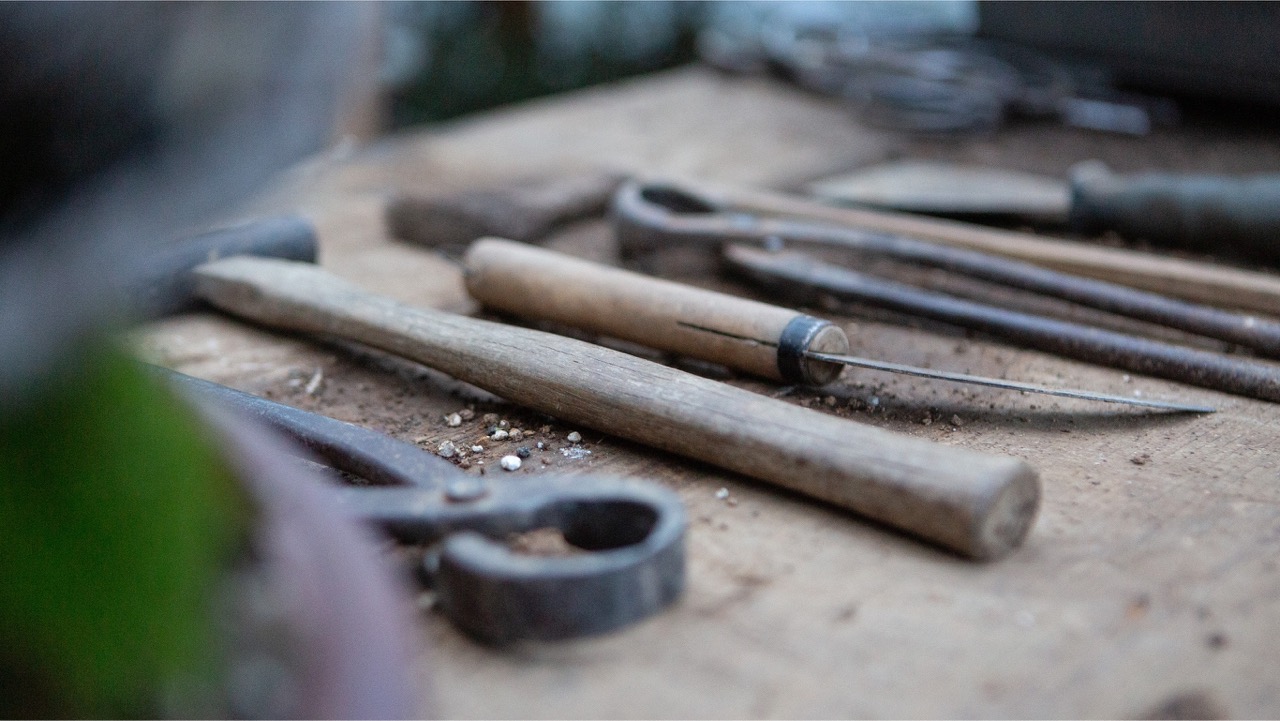
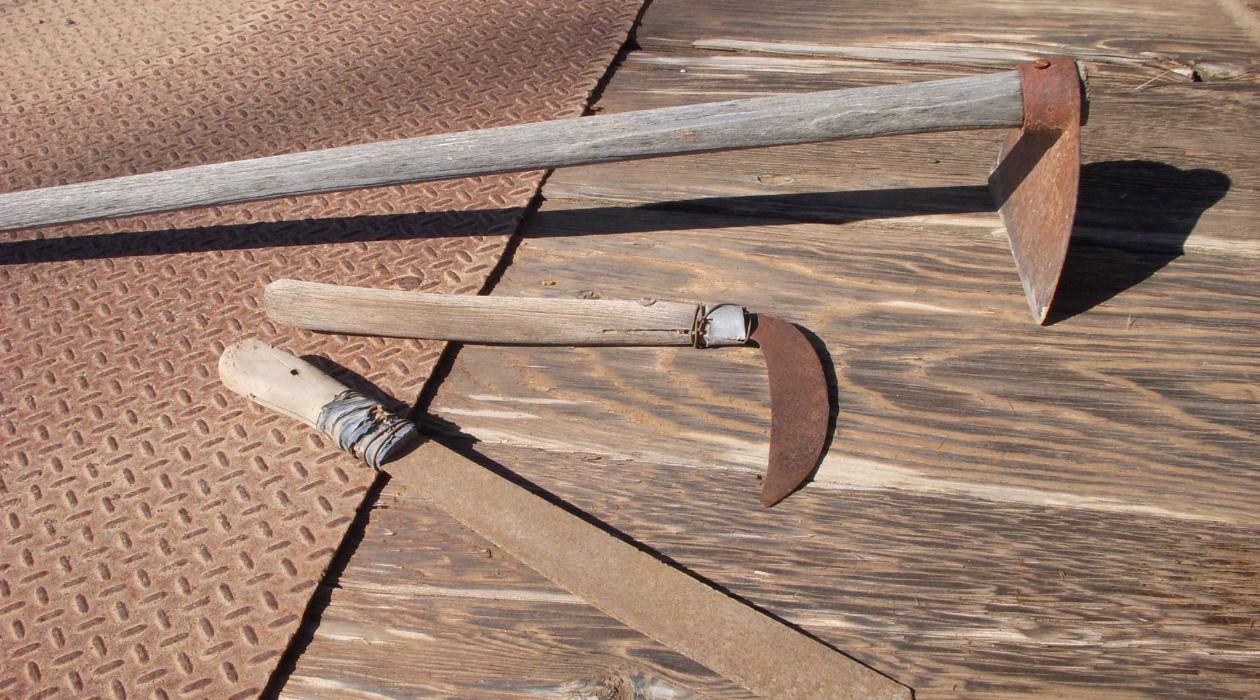
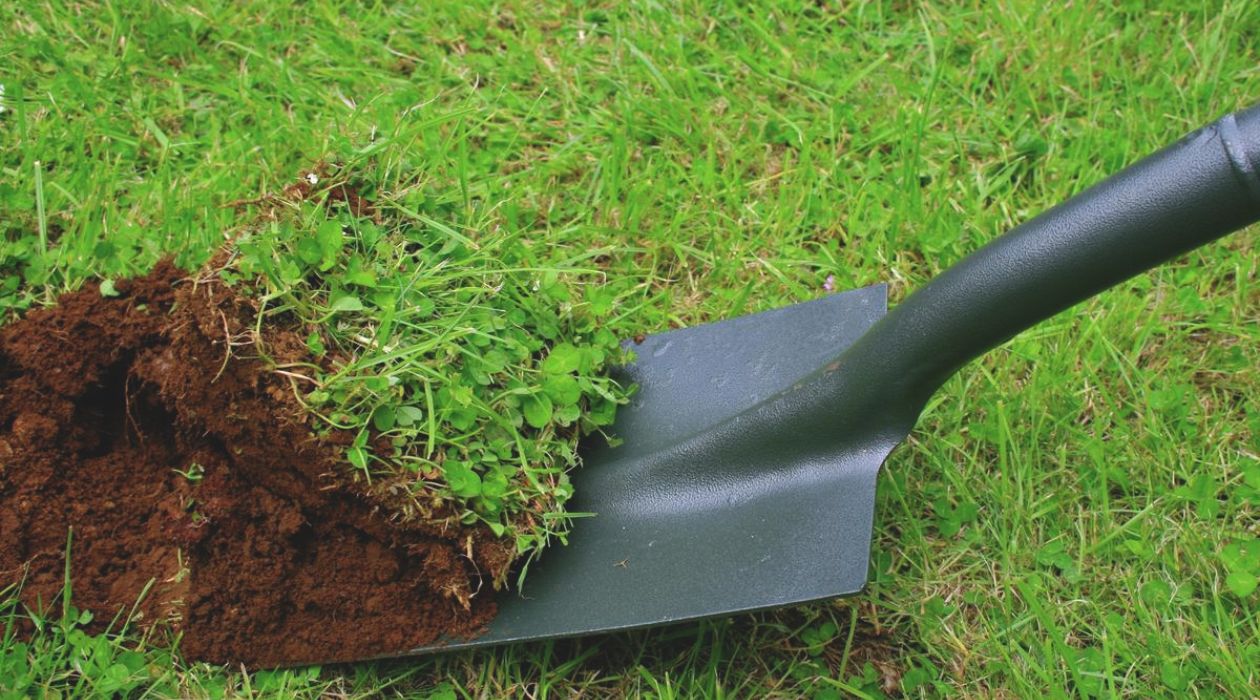
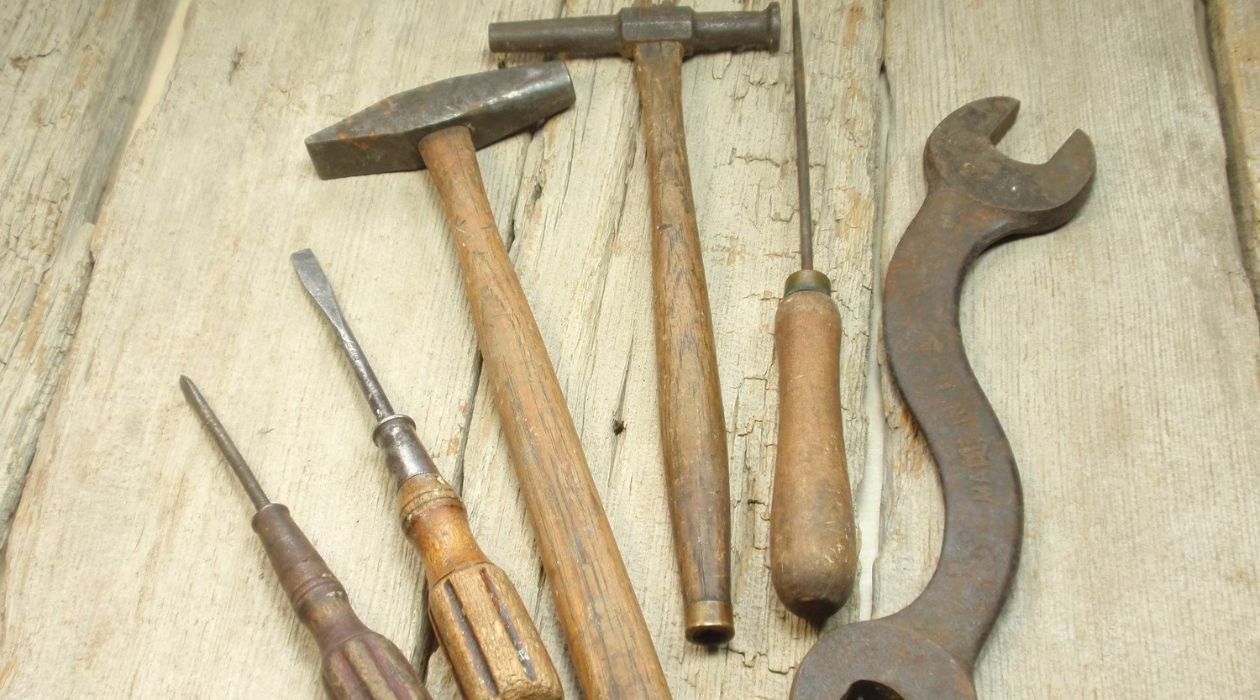
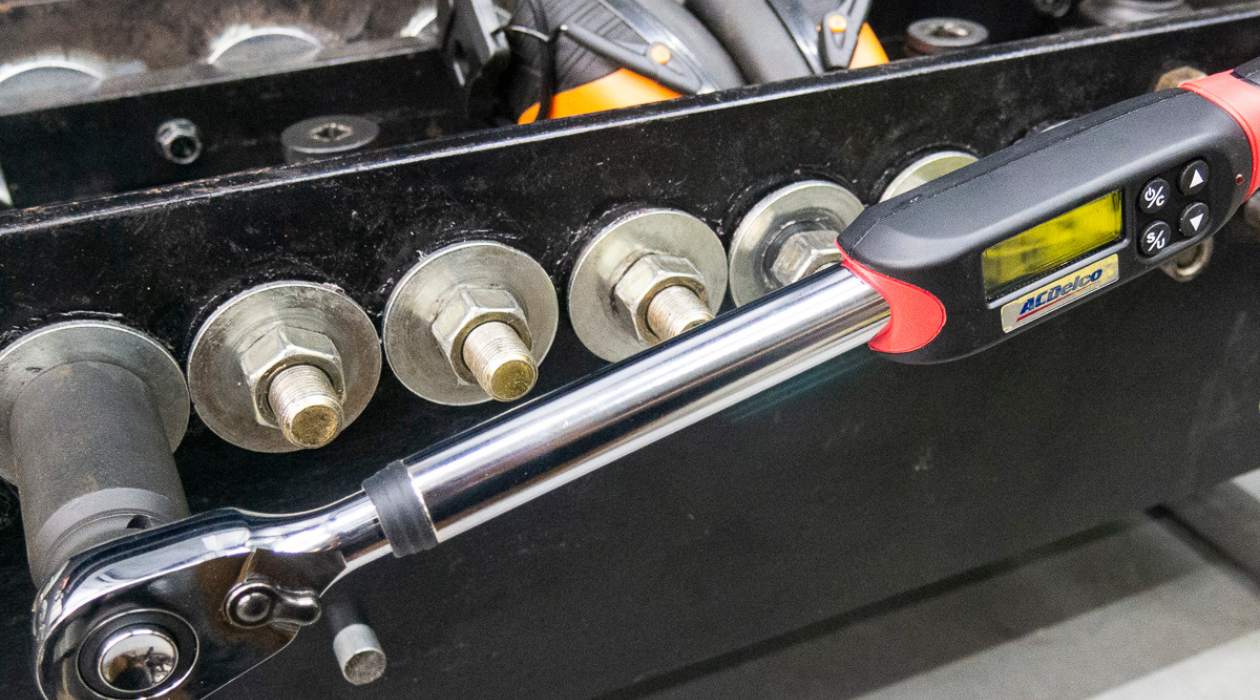
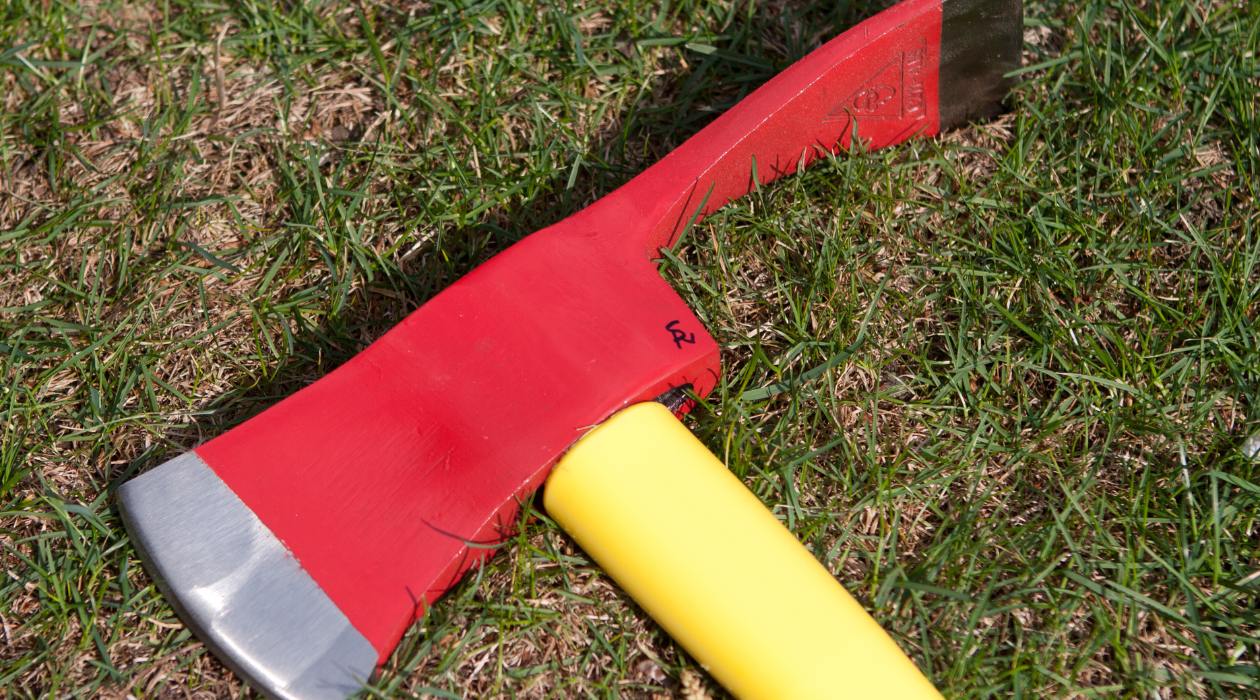
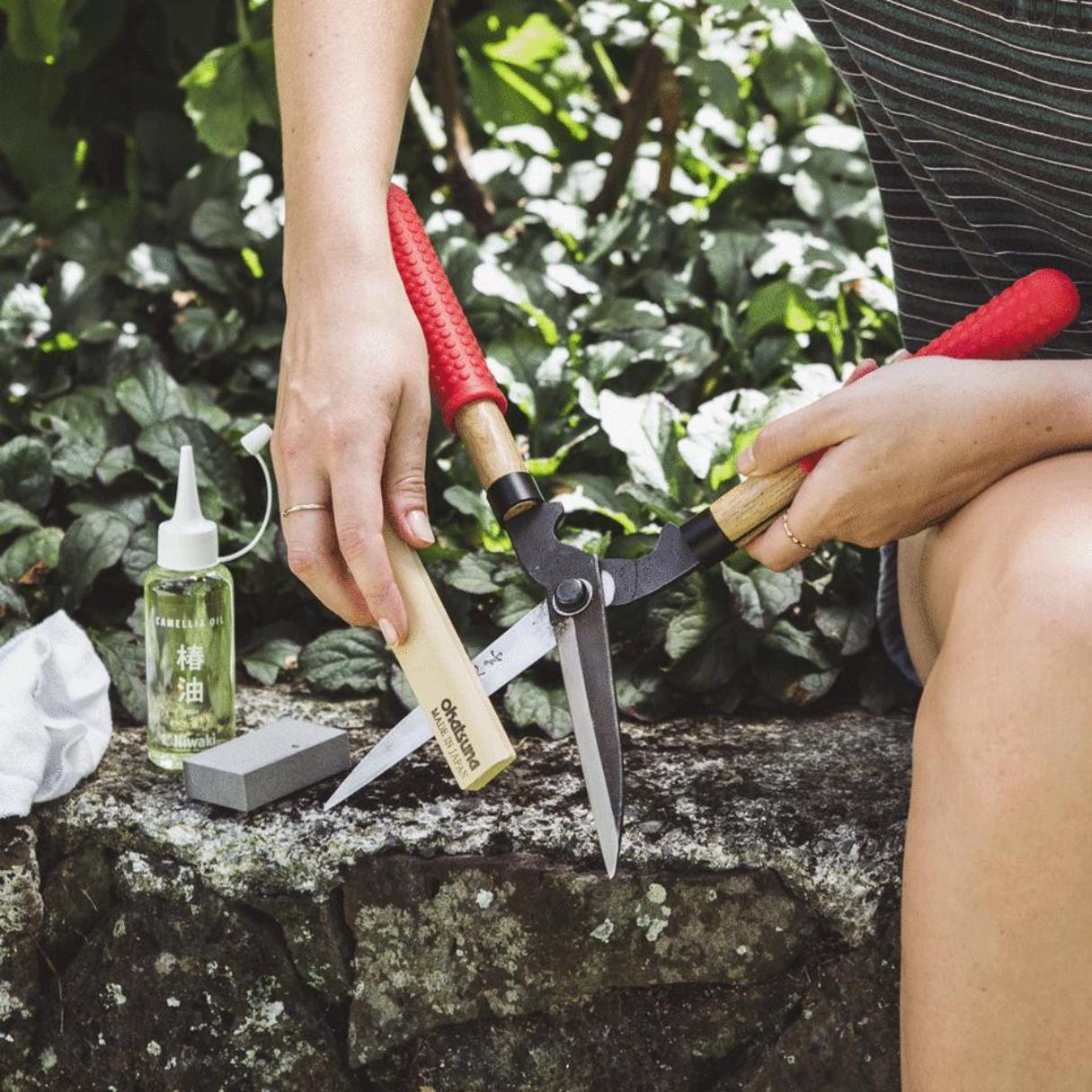
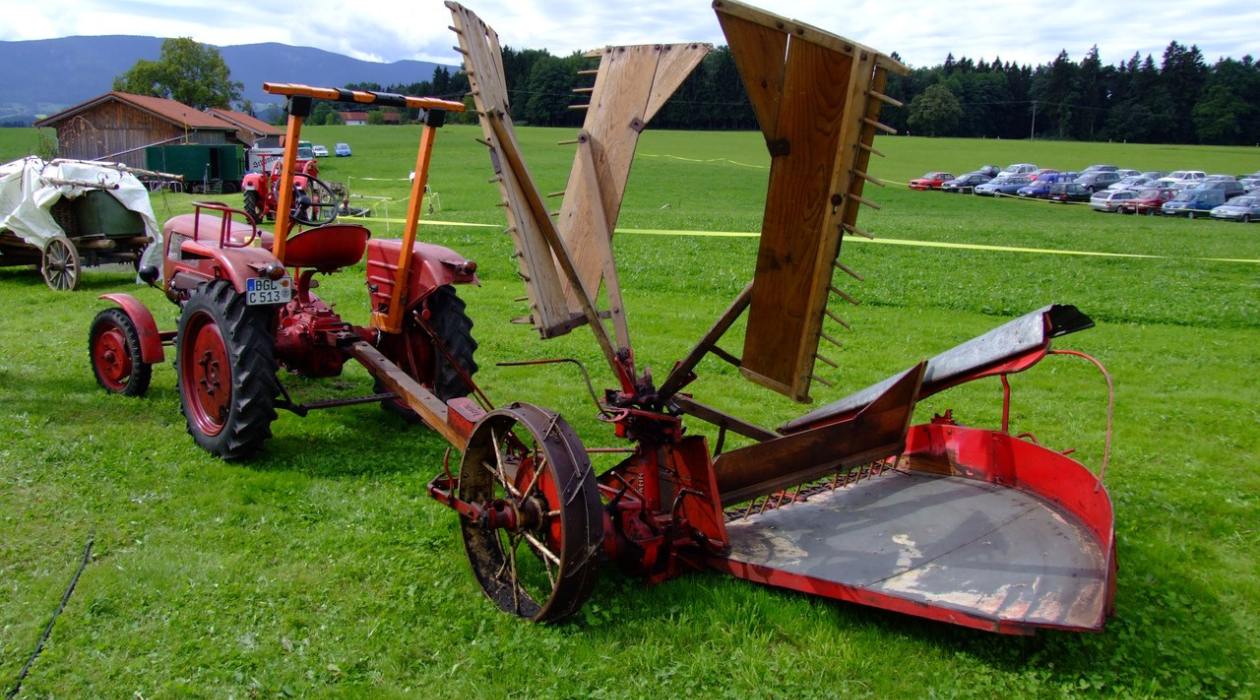
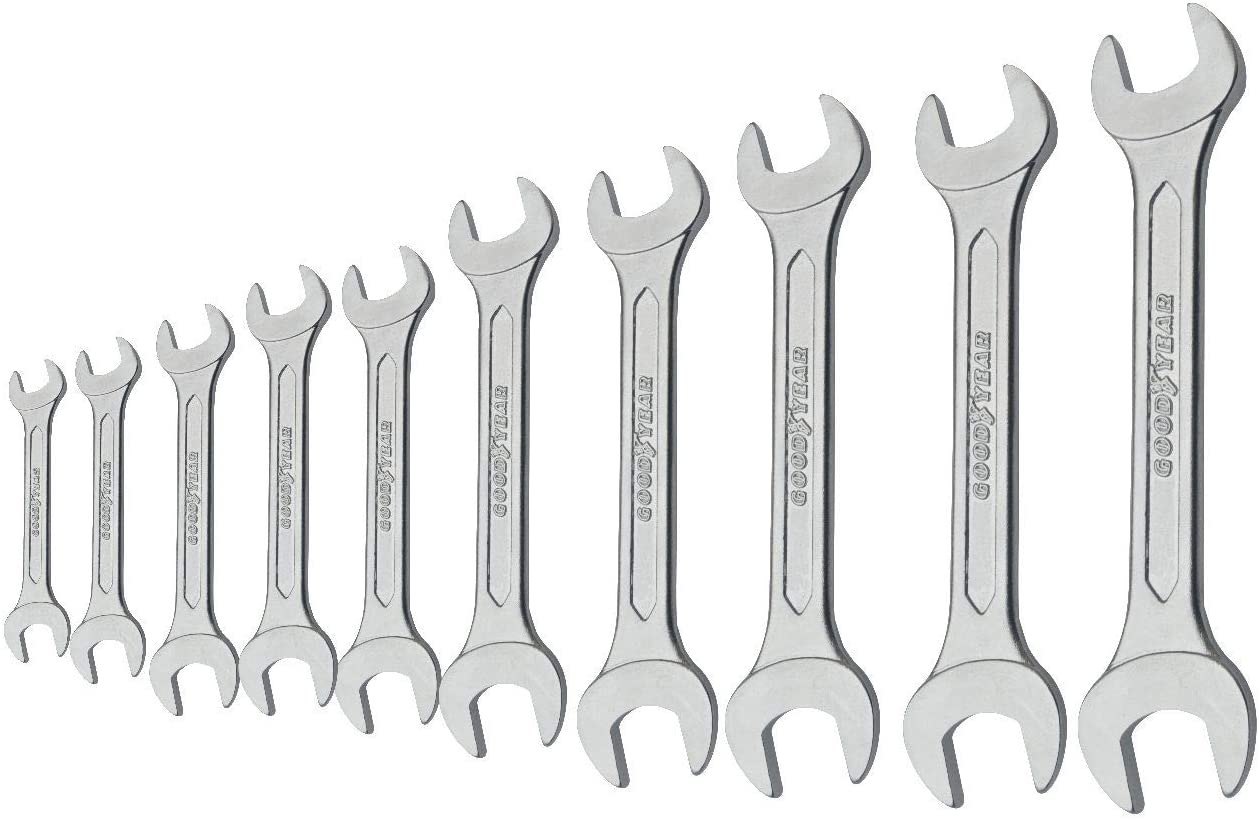
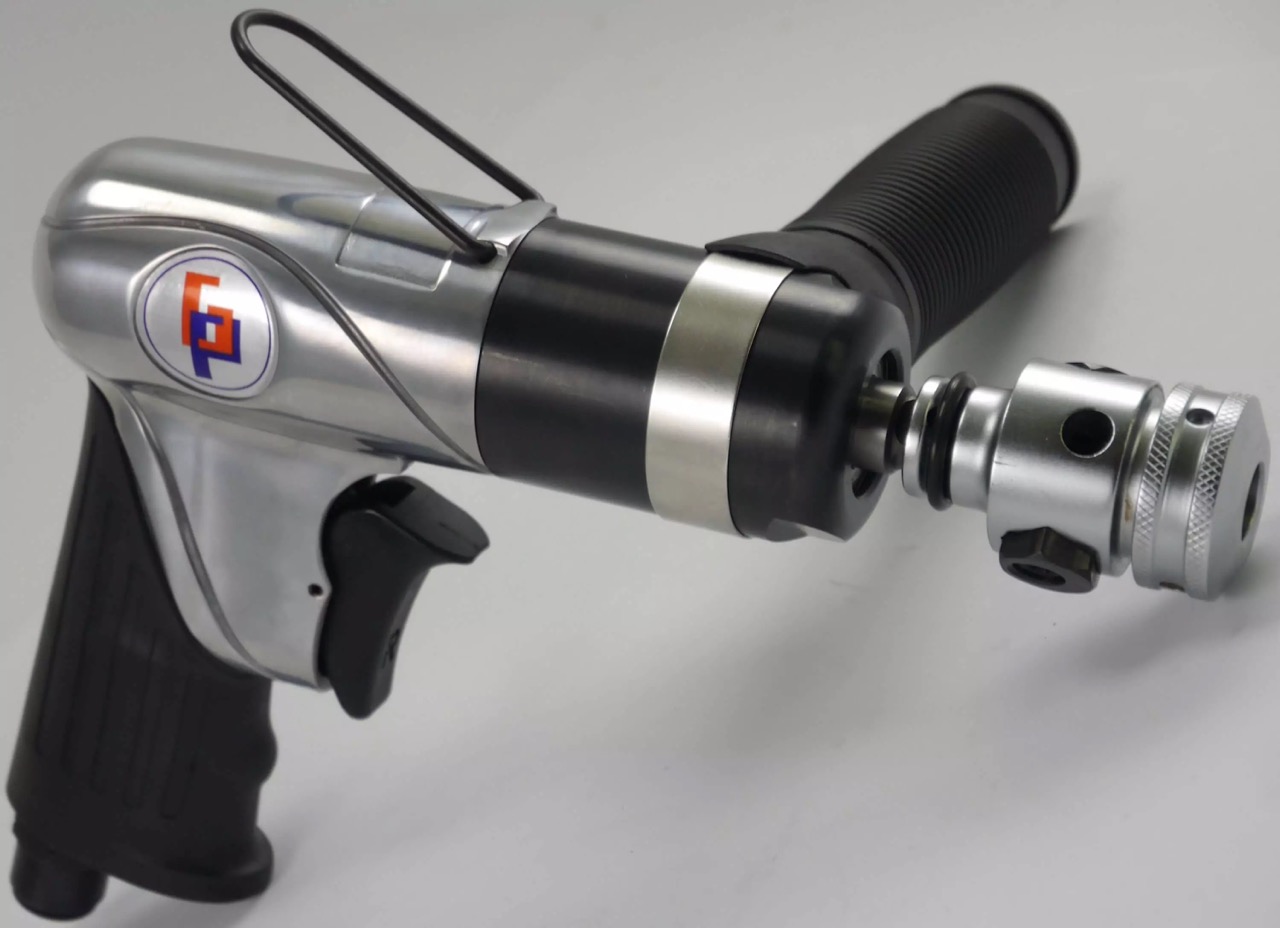

0 thoughts on “Why Use Hand Tools”